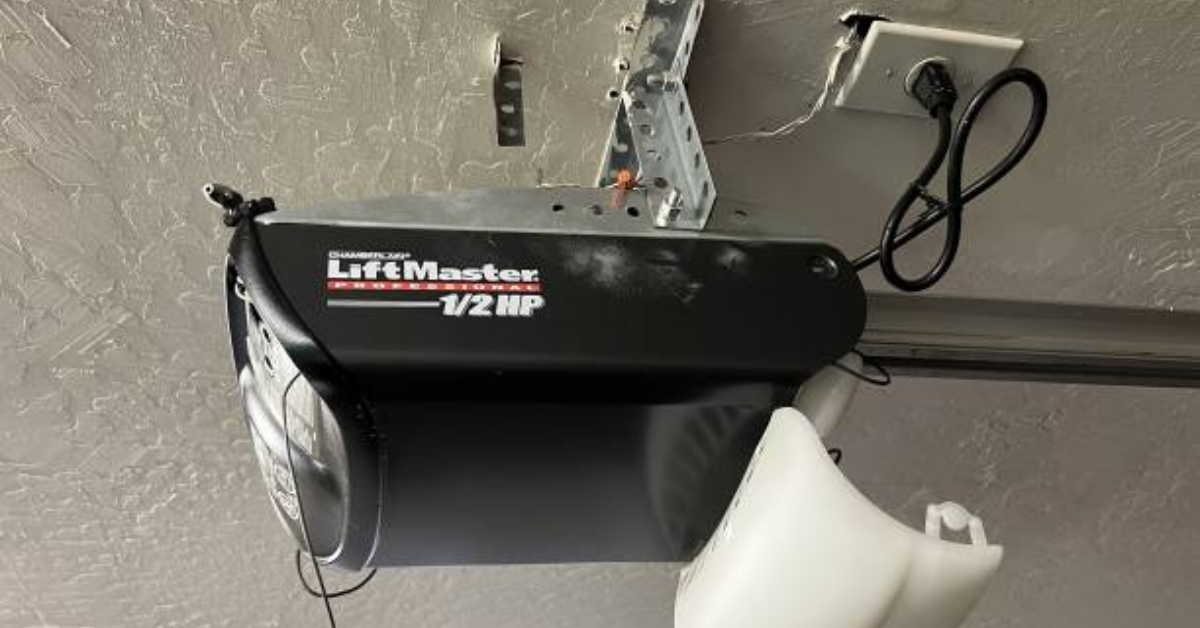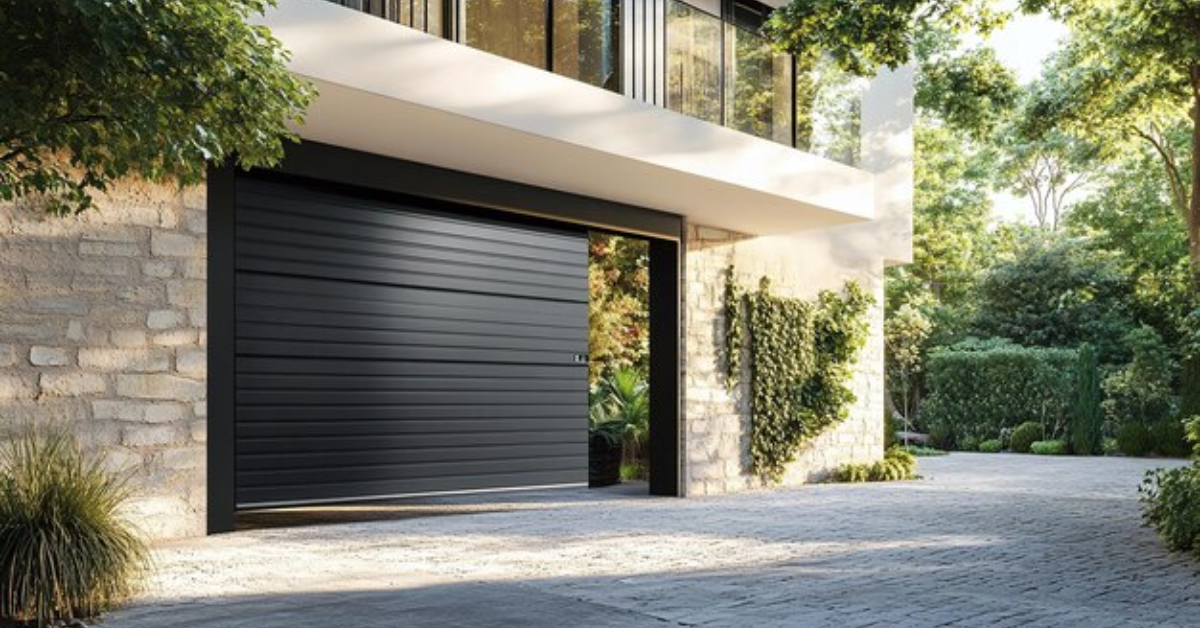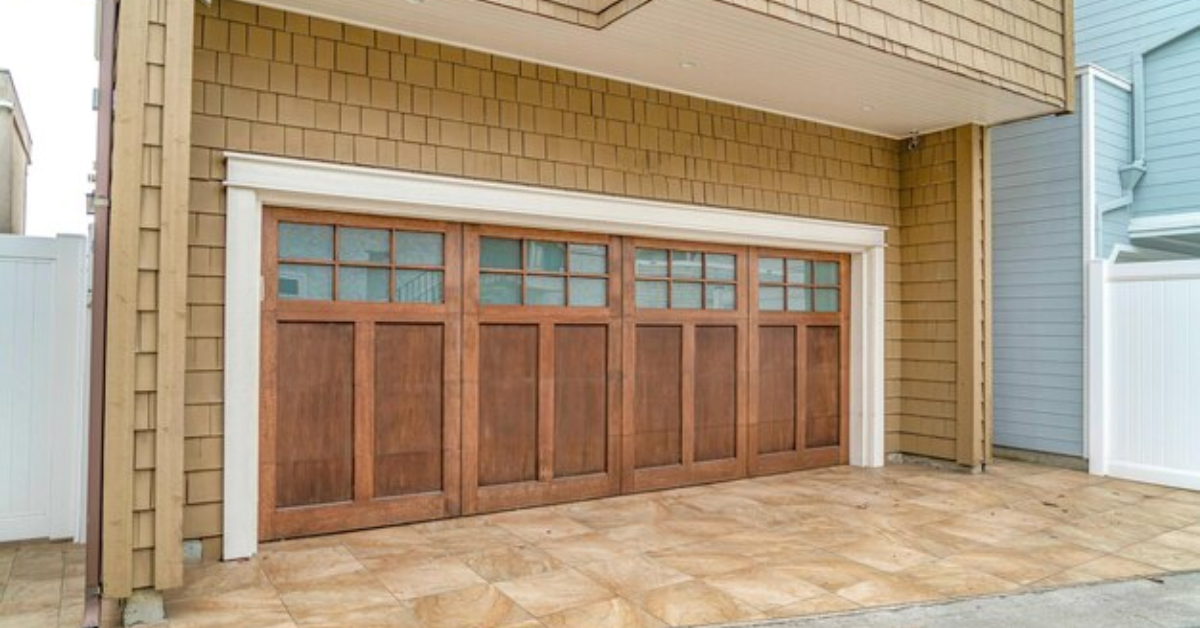How To Change Code On Liftmaster Garage Door Opener
Changing the code on your LiftMaster garage door opener is an essential step to enhance security and protect your property. Whether you’ve just moved into a new home, suspect unauthorized access, or simply want to update your garage security, resetting the code is a straightforward process. This guide will walk you through changing the code on your LiftMaster garage door opener, ensuring a smooth and secure transition.
Why Change the Code on Your LiftMaster Garage Door Opener?
Modern LiftMaster garage door openers use advanced keypads or remote systems to grant access. However, failing to update the code periodically can lead to security vulnerabilities. Reasons to change your code include:
- Moving to a new home.
- Lost or stolen remotes.
- Suspected unauthorized access.
- Routine security upgrades.
By keeping your garage door opener code updated, you reduce the risk of break-ins and unauthorized access.
Understanding Your LiftMaster Garage Door Opener
LiftMaster offers various models, each with unique features. Before you begin, check your owner's manual to determine the type of system you have. LiftMaster garage door openers typically feature either a keypad entry system or a remote control with rolling code technology. Knowing your model ensures you follow the correct steps.
Tools You May Need
Changing the code on your LiftMaster garage door opener doesn’t require specialized tools. Typically, you’ll need:
- Access to the garage door opener motor unit (usually mounted on the ceiling).
- The current access code or remote.
- A ladder for easy access to the motor unit.
Step-by-Step Guide to Change the Code
1. Access the Garage Door Opener Motor Unit
Locate the motor unit of your LiftMaster garage door opener. It is usually mounted on the ceiling of your garage. Use a ladder to safely reach the motor housing.
2. Locate the Learn Button
The Learn button is key to programming and resetting codes. It is typically found on the back or side of the motor unit. Depending on your model, the Learn button may be colored red, yellow, orange, or purple.
- Remove the light cover if necessary to access the button.
- Familiarize yourself with the button and its functionality, as it is central to the code-changing process.
3. Erase the Old Code
To prevent old codes from being used, you must erase the existing code. Follow these steps:
- Press and hold the Learn button until the LED light on the motor unit turns off (approximately 6-10 seconds). This action clears all previously programmed remotes and keypads.
4. Set a New Code for the Keypad
If your LiftMaster system includes a keypad, follow these steps to program a new code:
- Press the Learn button briefly. The LED light will illuminate, indicating it is ready to receive a new code.
- Within 30 seconds, go to your keypad and enter your desired four-digit PIN.
- Press the Enter button on the keypad. The motor unit’s light will blink or you’ll hear a click, confirming the new code has been set.
5. Program the Remote Control
For remote controls, follow these steps to sync them with the new code:
- Press the Learn button briefly, ensuring the LED light is illuminated.
- Within 30 seconds, press and hold the button on your remote that you wish to program.
- Release the button when the motor unit’s light blinks or you hear a click. This confirms the remote has been successfully programmed.
6. Test the New Code
After programming, test the new code and remote control functionality:
- Enter the new code on the keypad and press Enter. The garage door should open or close.
- Press the programmed button on your remote control to verify it operates as intended.
Tips for Enhancing Security
- Choose a Unique Code: Avoid using obvious numbers such as “1234” or your address. Select a combination that is easy for you to remember but hard for others to guess.
- Regular Updates: Change your code periodically, especially if you share access with temporary users like contractors or delivery services.
- Protect the Remote: Keep your garage door remote in a secure location to prevent unauthorized use.
Troubleshooting Common Issues
If you encounter problems while changing the code, consider these solutions:
- The Keypad Isn’t Responding: Ensure the keypad has fresh batteries. Low battery power can interfere with functionality.
- The Remote Doesn’t Sync: Make sure you press the Learn button and the remote button within the 30-second programming window.
- The Garage Door Doesn’t Operate: Confirm that the motor unit has power and that all connections are secure.
For persistent issues, consult your LiftMaster owner’s manual or contact customer support for assistance.
The Right Time to Seek Professional Help
While changing the code on your LiftMaster garage door opener is typically a simple task, certain situations may require professional assistance: the system is unresponsive despite following the steps, you’re unable to locate the Learn button or other necessary components, or additional repairs or upgrades are needed for the opener. Professional technicians have the expertise to resolve complex problems and ensure your system operates securely. Fix N' Go, a renowned garage door service provider, offers reliable and efficient solutions, ensuring your garage door opener functions flawlessly and securely.
Conclusion
Changing the code on your LiftMaster garage door opener is an essential step in maintaining the security of your home. By following this guide, you can update your code easily and safeguard your property. Regular maintenance and code changes not only enhance security but also ensure the smooth operation of your garage door opener.




